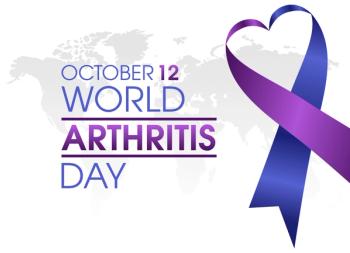
Automated Tool Improves FEV1 Severity Detection in Patients With COPD, Study Shows
Extracting lung function measurements from electronic health record (EHR) data through an automated tool, such as Microsoft SQL Server’s full-text search feature, may be efficient and improve the number of values available, leading to improved phenotyping of patients with COPD, according to study findings.
Extracting lung function measurements from electronic health record (EHR) data through an automated tool, such as Microsoft SQL Server’s full-text search feature, may be efficient and improve the number of values available, leading to improved phenotyping of patients with chronic obstructive pulmonary disease (COPD), according to study findings published in the journal PLOS One.
Typically, the COPD phenotype involves pulmonary function tests to determine airflow obstruction from the forced expiratory volume in 1 second (FEV1): forced vital capacity. This measurement is then used to determine the severity of the disease; however, it can be difficult to identify in EHR data, the study authors explained.
“The FEV1 is a measure of airflow limitation that reflects COPD severity and is routinely included in pulmonary function tests (PFTs). Low FEV1 is associated with decreased quality of life and increased risk for hospitalizations and mortality,” said the study authors. “Unfortunately, PFTs are frequently performed on vendor equipment that may not be linked to the primary EHR for patients who undergo these studies. Unreliable linkage to the EHR makes recovery of PFT values such as FEV1 challenging for research.”
Research involved an automated tool developed through the use of Microsoft SGL Server’s full-text search feature and a string of functions that support regular-expression-like operations. The tool was designed to extract FEV1 values from progress notes to improve ascertainment of FEV1 in EHR within the Veterans Aging Cohort Study.
After using the tool to extract data, the researchers found that it had increased quantifiable FEV1 values from 12,425 to 16,274—a 24% increase. Additionally, positive predictive value of the tool was 99% for identifying quantifiable FEV1 values and a recall value of 100%. For 95% of cases, the tool was able to correctly identify FEV1 measurements.
“Prevalence of COPD has largely depended on administrative data such as ICD-9 codes, self-report on national surveys or combinations of approaches using observational data, with limited ability to measure severity,” said the study authors. “Leveraging informatics tools for extracting FEV1 from the EHR can lead to a better-informed phenotyping of COPD and COPD severity in large patient populations, and to evaluate the effect of interventions. This could be used for large epidemiologic studies to characterize FEV1 or FEV1 trajectory over time and its association with clinical outcomes.”
Researchers emphasized that future studies are necessary to explore the use of similar techniques for extracting data from non-VA HER systems.
Reference
Akgun KM, Sigel K, Cheung KH, et al. Extracting lung function measurements to enhance phenotyping of chronic obstructive pulmonary disease (COPD) in an electronic health record using automated tools. [published online January 16, 2020]. PLOS One. doi: 10.1371/journal.pone.0227730.
Newsletter
Stay ahead of policy, cost, and value—subscribe to AJMC for expert insights at the intersection of clinical care and health economics.

















































